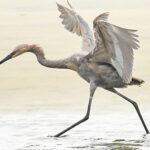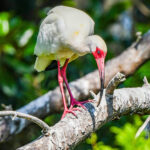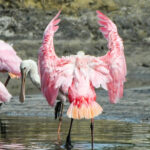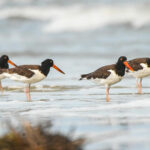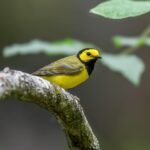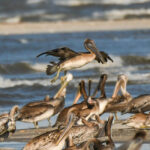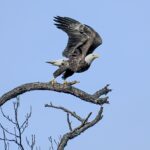What Is The Carolina Bight?
The Carolina Bight is a remarkable natural feature located along the southeastern coast of the United States, specifically between Cape Hatteras in North Carolina and Georgia’s Altamaha River. This unique coastal region is defined by its dynamic ecosystems, rich biodiversity, and crucial importance to both wildlife and local communities.
A Biodiverse Ecosystem
The Carolina Bight encompasses a diverse range of habitats, including estuaries, salt marshes, tidal creeks, sandy beaches, and coastal forests. These varied ecosystems provide crucial support for numerous species of plants and animals, including a rich array of birdlife. The region is recognized as a vital stopover point for migratory birds along the Atlantic Flyway, making it an essential area for excellent habitat to the delight of birdwatchers.
Diverse Habitat for Birds
The Carolina Bight is renowned for its critical role in protecting habitat for bird species. Its wetlands and coastal habitats serve as breeding grounds, feeding areas, and migratory pathways for a wide variety of birds, including shorebirds, waterfowl, and songbirds. The region’s unique geography and rich resources create a safe haven for these avian populations, contributing to their survival and flourishing.
Carolina Bight Estuary


